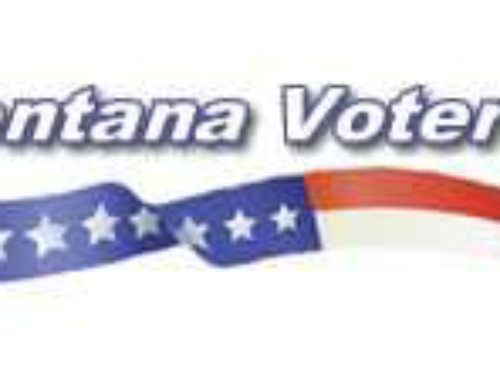Great American Outdoors Act
written by Chris Clasby
Throughout the current pandemic, business closures and social distancing, political debates, and hurricanes and forest fires, did you hear the great recent news about US conservation? Even amidst the widespread difficulties, the Great American Outdoors Act (GAOA) legislation passed Congress with bipartisan support, was signed into law by President Trump August 4, 2020 and was activated into Public Law five days later. That’s great news for all Americans as it expands on a previous federal law to ensure appropriate funding to benefit public lands and programs from which we can all benefit.
The Great American Outdoors Act was initially introduced to Congress by Representative John Lewis (D-GA) and then reintroduced with some amendments and a title change by Senator Cory Gardner (R-CO). The law has been called, “a conservationist’s dream,” is considered the largest land conservation legislation in nearly a generation, and will provide billions of dollars for overdue repairs and maintenance to US national parks. The preceding Land and Wildlife Conservation Fund (LWCF) was established in 1965 to provide funds and matching grants to federal, state, and local governments to purchase land and water, easements on that land and water, and to benefit all Americans. Its main emphasis was to preserve and protect national treasures like national parks, protected forests, and wildlife areas for public recreation opportunities. However, the original authorization of $900 million for that law was not permanent, so its funding fluctuated annually by Congress and has typically been only a small percentage of that amount. The new law, the GAOA, permanently funds $900 million annually through fees and royalties paid through oil and gas drilling efforts in federal waters. Ultimately, Americans will benefit through enjoyment of national parks, public land and wildlife, and even in such places as local playgrounds, soccer fields, and baseball diamonds.
The GAOA is additionally beneficial because, aside from improving public lands, it will now permanently annually boost the US economy as it did by $40 billion last year and the support of 340,500 jobs. The new law and funding in place is also expected to create an additional 108,000 new jobs related to the repair of national park infrastructure through improvements and maintenance of access roads and bridges within and around the national parks and adjacent communities.
Especially in tumultuous times, it’s very refreshing to see those across the political spectrum work together on a good effort to pass legislation to benefit Americans. We all have probably noticed a dramatic increase in people recreating outdoors this summer due to business closures, layoffs, and social distancing requirements, which perhaps created an opportunity for us to remember to enjoy the natural outdoor recreational beauty and opportunities around us.







